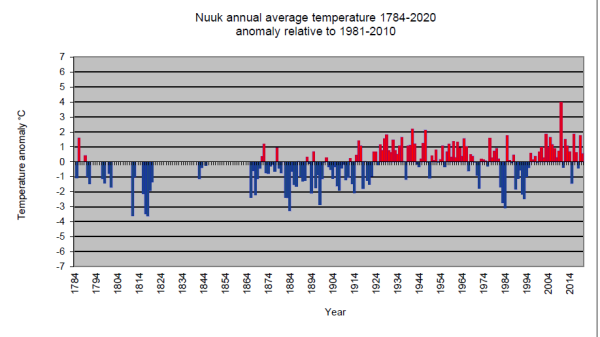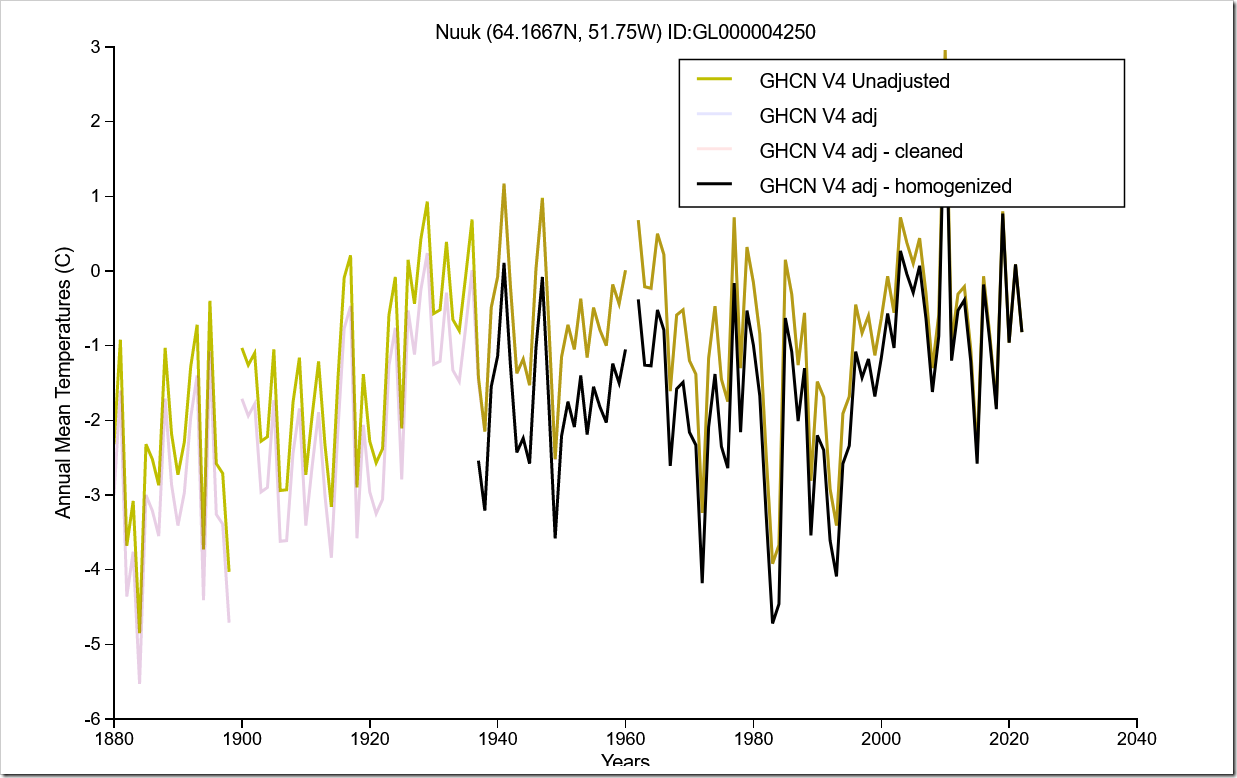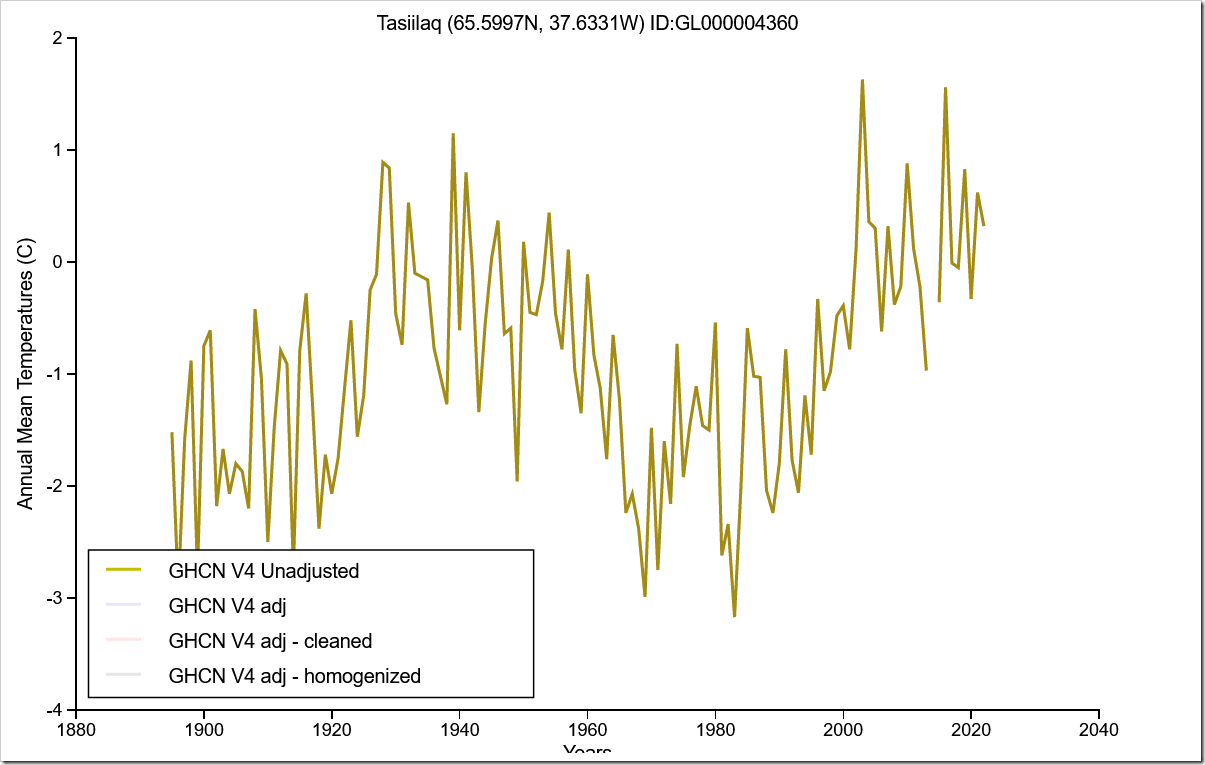GenghisKush
Well-known member
Take the politics and the money out of it and climate change becomes somewhat less critical.
yeah, idk.
the total annual budgets of all of the US agencies who fund climate science research (NASA, NOAA, NSF, DOE, EPA) is about $82 billion. Of that they the US federal government spent no more than $2.8 billion in total on climate science in 2017, $2.6 billion in 2016.
meanwhile just one oil company, ExxonMobil, had $413.68 billion in revenue in 2022, and $55.740 billion in net income.
there's more private sector money being spent to deny science than there is public sector funding for actual science, I suspect.






